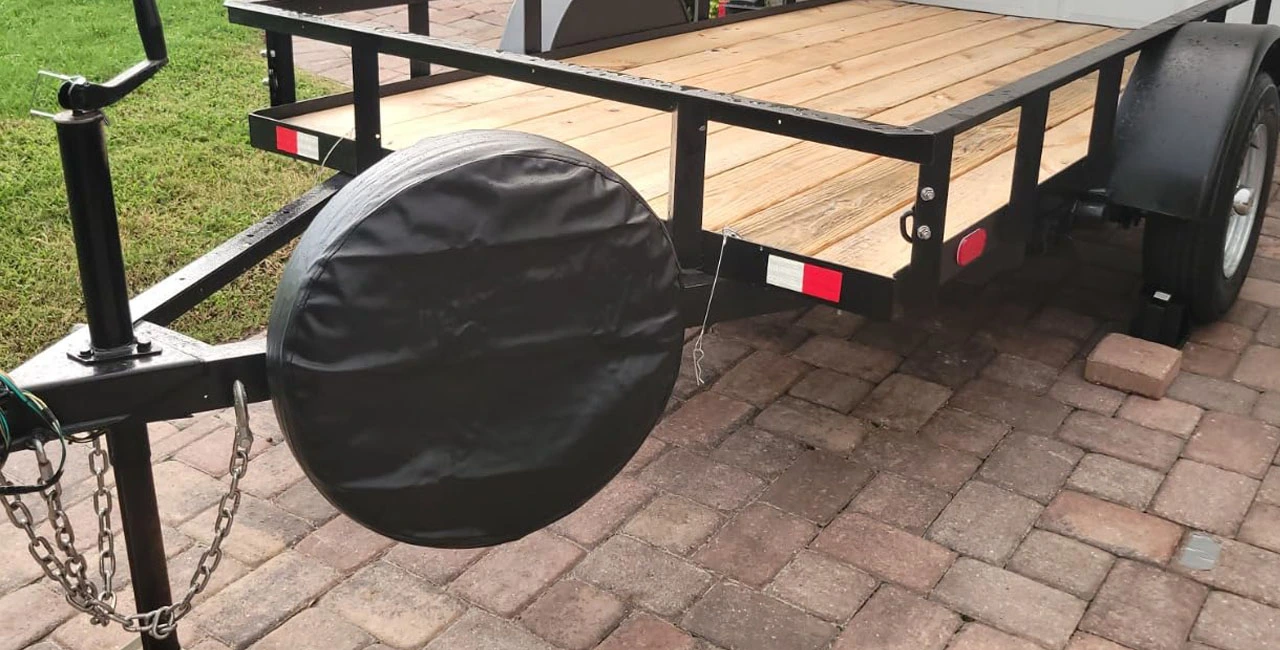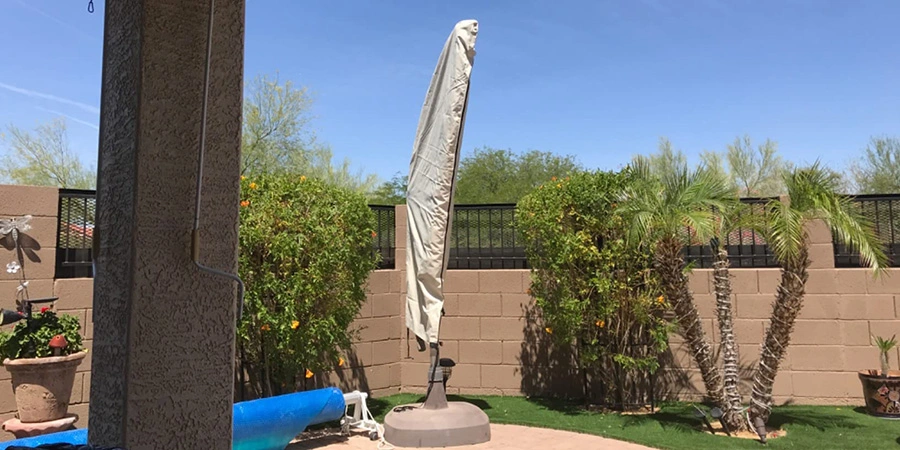I. Manufacturing Process of Oxford Fabric
Oxford fabric is widely used in protective covers, backpacks, tents, and apparel. It is primarily made of polyester (PET) or nylon (PA), with polyester Oxford fabric being the preferred choice for outdoor furniture covers and vehicle covers due to its durability, water resistance, and breathability. The manufacturing process consists of the following key steps:
1. Spinning
Polyester fibers are produced using melt spinning or wet spinning techniques to create either filament or staple fibers.
2. Weaving
Oxford fabric can be woven using different techniques such as plain weave, twill weave, or jacquard weave, each imparting unique textures and characteristics to the fabric.
3. Dyeing & Finishing
· The fabric undergoes dyeing, printing, or coating treatments to achieve the desired color and pattern.
· Additional functional treatments such as tear resistance, water repellency, mildew resistance, and UV protection are applied to enhance performance.
4. Coating & Laminating (for Waterproof Enhancement)
The fabric is treated with PU (Polyurethane), PVC (Polyvinyl Chloride), or TPU (Thermoplastic Polyurethane) coatings or laminated with a waterproof film to enhance its water resistance.
II. Common Weaving Techniques
Weaving Type | Characteristics | Common Specifications | Applications |
Plain Weave Oxford | High durability, stable structure, smooth surface | 210D, 300D, 420D, 600D | Protective covers, backpacks, workwear |
Twill Weave Oxford | Softer texture, higher wear resistance, better elasticity | 420D, 600D, 900D, 1680D | Premium covers, apparel, travel bags |
Jacquard Weave Oxford | Luxurious appearance, intricate patterns, durable | 600D, 900D, 1200D | High-end covers, luxury bags, home decor |
1. Plain Weave Oxford Fabric
Weaving Structure
Key Features
High durability and tear resistance
Smooth surface with excellent wrinkle resistance
Moderate breathability due to frequent interlacing of warp and weft
Common Specifications
210D, 300D, 420D, and 600D Oxford fabrics
Can be coated with PA, PU, PVC, silver coating, or silicone for enhanced waterproof and UV-resistant properties
Typical Applications
Outdoor Protective Covers: 300D-600D plain weave Oxford fabric with waterproof coating for car covers, motorcycle covers, boat covers, and furniture covers
Luggage & Backpacks: 1680D high-density polyester Oxford fabric for its superior tear resistance and abrasion resistance
Workwear & Military Equipment: 600D plain weave Oxford fabric used for durable workwear and outdoor uniforms
2. Twill Weave Oxford Fabric
Weaving Structure
Key Features
Softer and smoother texture compared to plain weave
Higher wear resistance and flexibility
Enhanced elasticity and breathability
Common Specifications
420D, 600D, 900D, and 1680D Oxford fabrics
Typically coated with PU or PVC for waterproof and UV-resistant properties
Typical Applications
Premium Car & Boat Covers: 600D twill weave Oxford fabric offers improved durability and resistance to wrinkling
Apparel Fabrics: Twill weave Oxford fabric is commonly used in work pants, military camouflage uniforms, and utility jackets for its comfort and durability
Sports & Travel Bags: 1680D twill weave Oxford fabric provides superior tear resistance for high-strength usage scenarios
3. Jacquard Weave Oxford Fabric
Weaving Structure
Key Features
Intricate, high-end texture and aesthetic appeal
Soft and durable structure with high resistance to wear and tear
More expensive due to the intricate weaving process
Common Specifications
600D, 900D, and 1200D high-density Oxford fabrics
Often combined with PU or PVC coatings to enhance waterproof capabilities
Typical Applications
Luxury Car Covers & High-End Furniture Covers: 900D jacquard weave Oxford fabric provides both protection and a sophisticated appearance
Business Bags & Briefcases: High-end 1200D jacquard Oxford fabric is commonly used for luxury office and travel bags
Decorative Fabrics & Sofa Covers: Jacquard Oxford fabric is a popular choice for premium home furnishings and upholstery
IV. Choosing the Right Weaving Technique
Requirement | Recommended Weave | Suitable Oxford Fabric Density |
High strength and abrasion resistance | Plain Weave | 420D-1680D |
Breathability and comfort | Twill Weave | 600D-1680D |
Aesthetic appeal and luxury | Jacquard Weave | 900D-1200D |
Summary
Plain Weave Oxford Fabric: Best for high-strength applications like protective covers, luggage, and workwear.
Twill Weave Oxford Fabric: Offers better softness and elasticity, suitable for apparel, military wear, and travel bags.
Jacquard Weave Oxford Fabric: High-end and decorative, ideal for luxury car covers, premium bags, and home textiles.

 English
English 

